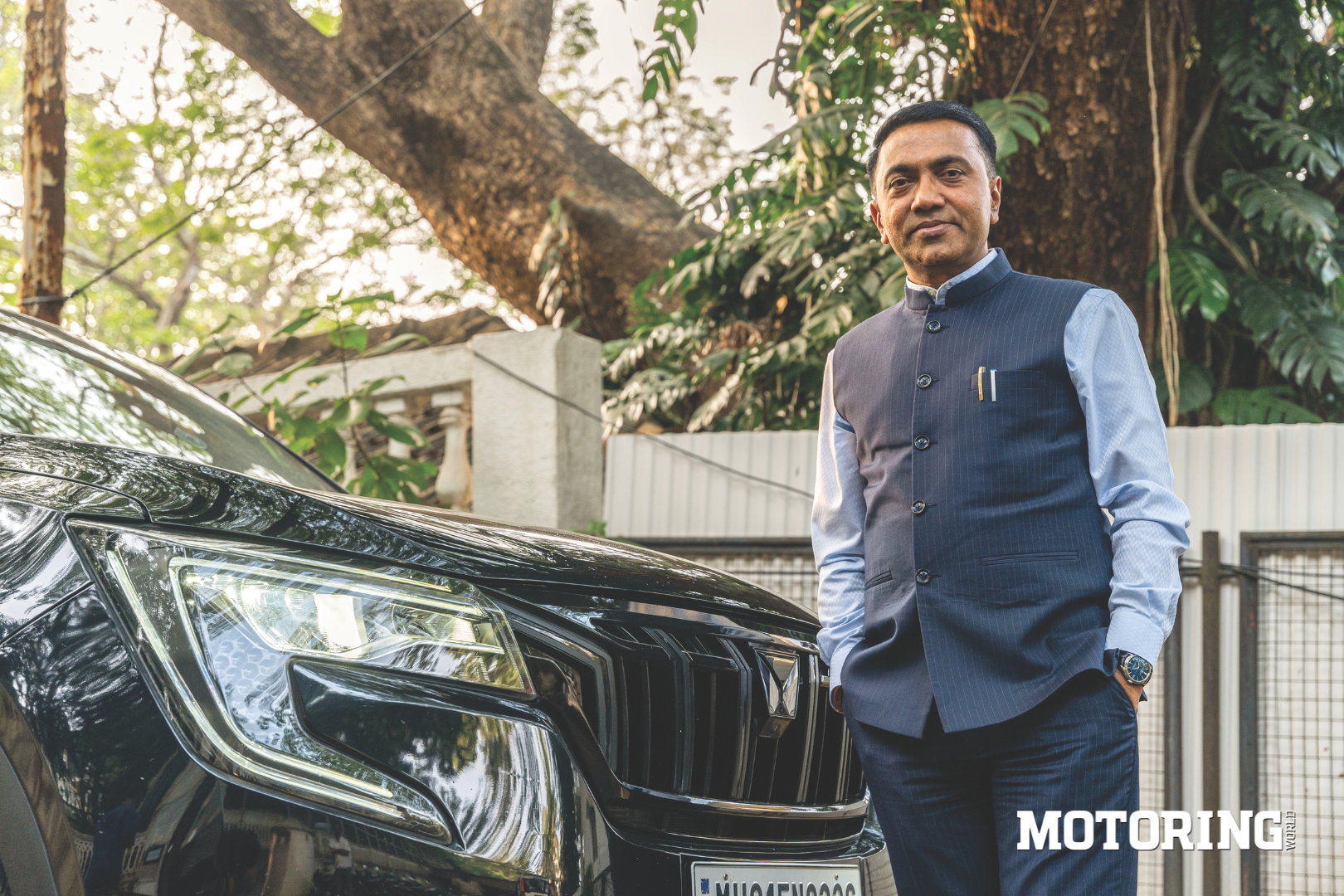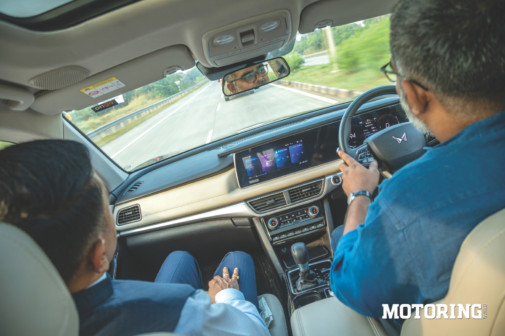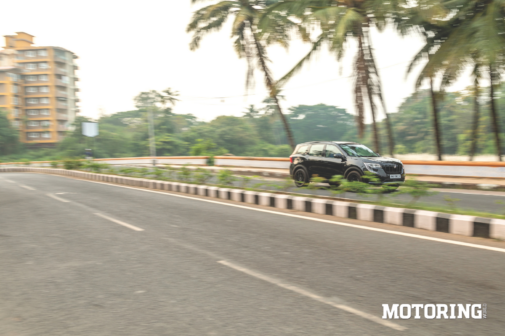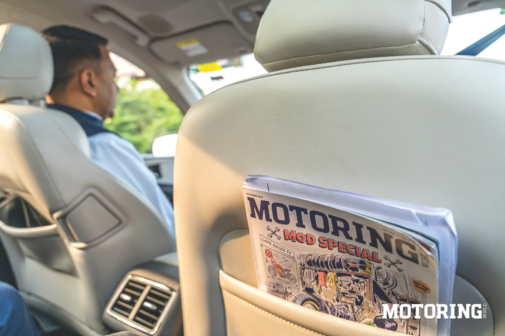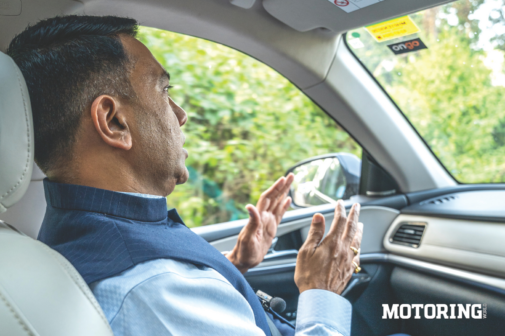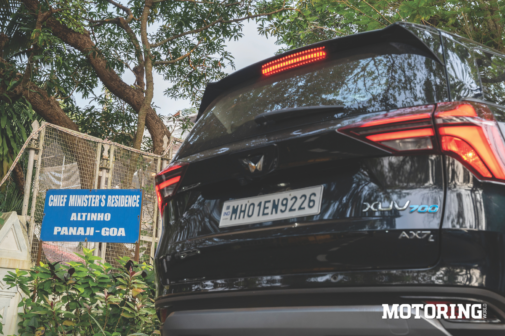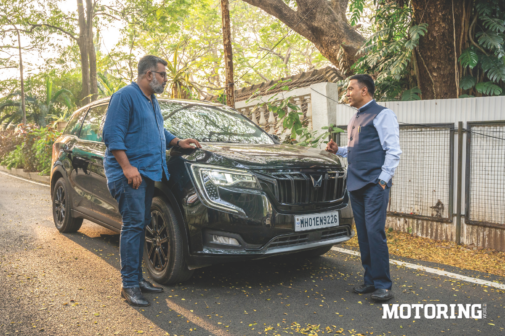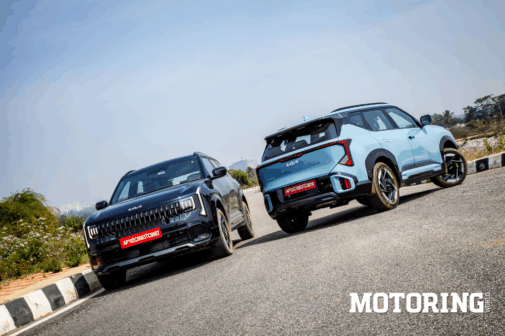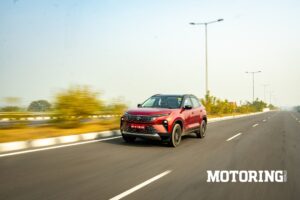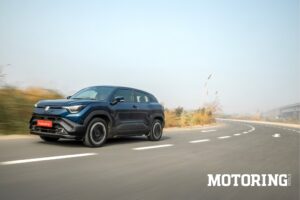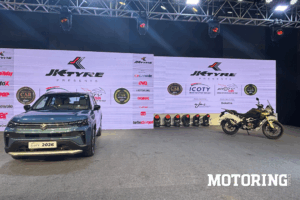India’s tourism capital may be diminutive in its expanse but its significance, as the world’s window to India, makes it all too important. As such, a Goa Special issue would have been incomplete without insights from someone who steers the ship for the state — hardly an easy task! The following interview with Dr. Pramod Sawant, Honourable Chief Minister of Goa, was conducted over a brief but memorable drive across some of the state’s freshly minted highways.
MW: What’s the significance of personal mobility in the context of Goa?
CM: As a state with a mix of urban hubs, rural communities, and a thriving tourism economy, the ability for individuals to move freely and efficiently is not just a convenience but a necessity. At the same time, personal mobility also drives inclusivity and development.
By investing in better road infrastructure, public transport, and green mobility solutions, we aim to ensure that mobility is accessible, sustainable, and future-ready, while preserving Goa’s environment. In short, personal mobility is about connecting communities, promoting livelihoods, and building a state where movement is safe, seamless, and sustainable for all.
MW: Infrastructurally, Goa has undergone a massive transformation in terms of its road network in recent years? Can you share some insights about what has been achieved?
CM: In the past few years, Goa has witnessed a remarkable transformation in its road infrastructure, aimed at meeting the growing needs of our residents, businesses, and tourists. Our government has prioritised creating a modern, efficient, and sustainable road network that enhances connectivity across the state. One of our major achievements has been the completion of several key projects, such as the Atal Setu, which has significantly reduced traffic congestion in Panaji and improved north-south connectivity.
We have also upgraded several national highways, ensuring smoother travel between major towns and villages. In addition, our focus on safety and sustainability is reflected in initiatives like better street lighting, improved signage, and advanced traffic management systems.
As part of our vision, we are also investing in green mobility solutions, including electric vehicle infrastructure, to ensure Goa stays environmentally conscious while developing rapidly. These projects represent our commitment to making Goa a model state for infrastructural excellence, ensuring that both Goans and visitors experience world-class road connectivity.
MW: Given how reliant Goa is on 2 wheelers, what are the areas you would like to see an evolution in, in terms of safety, road discipline and also EV adoption?
CM: Two-wheelers are a lifeline for Goans, with nearly every household relying on them for commuting, business, and recreation. However, as we embrace progress, there are critical areas where we need to evolve to ensure that this reliance remains sustainable, safe, and forward-thinking. First, safety is paramount.
Goa has made strides in road infrastructure, but we need to focus on implementing stricter traffic safety measures. We are also working to educate riders on the importance of defensive driving and road discipline. Second, road discipline is a shared responsibility. We want to foster a culture of mutual respect between two-wheeler riders and other vehicles.
Lastly, as the world moves towards sustainability, we see an exciting opportunity in the adoption of electric vehicles (EVs), particularly two-wheelers. Goa has already introduced subsidies and is working on expanding the EV charging infrastructure to make the shift to green mobility easier and more affordable for our people.
Our vision is to balance safety, sustainability, and practicality, ensuring that two-wheelers continue to serve as a reliable and eco-friendly mode of transportation in Goa.
MW: It mustn’t be easy, but how do you go about sensitively striking a balance between a tourism-heavy economy but also a largely tourism-related lack of road safety compliance?
CM: Balancing Goa’s thriving tourism economy with maintaining road and civic discipline is indeed a challenge, but it is one we are committed to addressing with sensitivity and foresight. Tourism is the backbone of our economy, but we also recognise the need to preserve the safety, well-being, and quality of life for Goans.
First, education and awareness are key. We are working on targeted campaigns to educate both tourists and locals about respecting traffic rules and civic spaces. For tourists, we are integrating road safety and civic guidelines into travel information shared at airports, railway stations, and through rental services. Second, enforcement plays an important role. Goa has introduced stricter measures to tackle traffic violations, especially related to over-speeding, drunken driving, and parking issues that often arise in high-tourist areas. By combining technology, such as CCTV surveillance and e-challans, with increased patrolling, we are creating a deterrent while ensuring accountability.
Lastly, infrastructure upgrades are helping us manage the influx of tourists more effectively. We are also working closely with stakeholders like rental services and local businesses to encourage responsible tourism practices. Ultimately, our approach is to strike a balance by fostering mutual respect — ensuring that visitors enjoy Goa responsibly while safeguarding the comfort and safety of its residents.
MW: How does your ambition of Swayampurna Goa translate to the automotive landscape of Goa?
CM: The Swayampurna Goa mission has its roots in the Hon’ble Prime Minister’s vision of Atmanirbhar Bharat. Goa has always been a transit state between Maharashtra and Karnataka and we would like to evolve greatly as a strong logistical hub. The skilling of a capable workforce in the logistics industry, therefore, is among our many goals. Our objective is to promote clean and green industries and, in the automotive context, to encourage EV adoption in the personal and public sectors. In fact, we have recently inducted over 100 E-buses into our public transport network!
MW: Can you tell us about your own motoring pursuits? Are you a car or bike person?
CM: When I was younger, I used to ride a Yamaha RX 100! Eventually, as I graduated to my early years of practice, I traded up to a Maruti car. But, of course, these days, it’s no longer possible for me to drive — even if I want to. The last time I drove was an EV to the Assembly, as part of a special event.
MW: Do you have fond memories of road travel from when you were younger?
CM: Of course! I have travelled extensively by motorcycle. I would ride primarily from Kolhapur, where I went to college, to Goa, among other similar journeys. From later years, I have fond memories of driving to Pune and also Hubli, from Goa.
MW: What’s your view of automotive community events, many of which regard Goa as their spiritual home?
CM: I feel events of this genre currently cater to a niche audience of enthusiasts. Clearly, there is a huge audience for this sort of gathering but, perhaps, there is scope for a larger involvement of the Goan people in events like these. With the involvement of Goans — and also other tourists — it is likely that more people will take interest in such activities.
MW: Lastly, what’s a message you’d like to give people wanting to holiday in Goa, especially those looking to drive and ride themselves?
CM: We always welcome our tourists with the sentiment of Atithi Devo Bhava. Most tourists, especially the young ones, prefer to drive into Goa or even rent a self-drive car here, and I advise them to follow all the motoring rules, understand the environment that Goa presents as a state, and have an enjoyable but safe drive.
We’d like to thank the Chief Minister’s Office, Goa, for making this interview happen.





